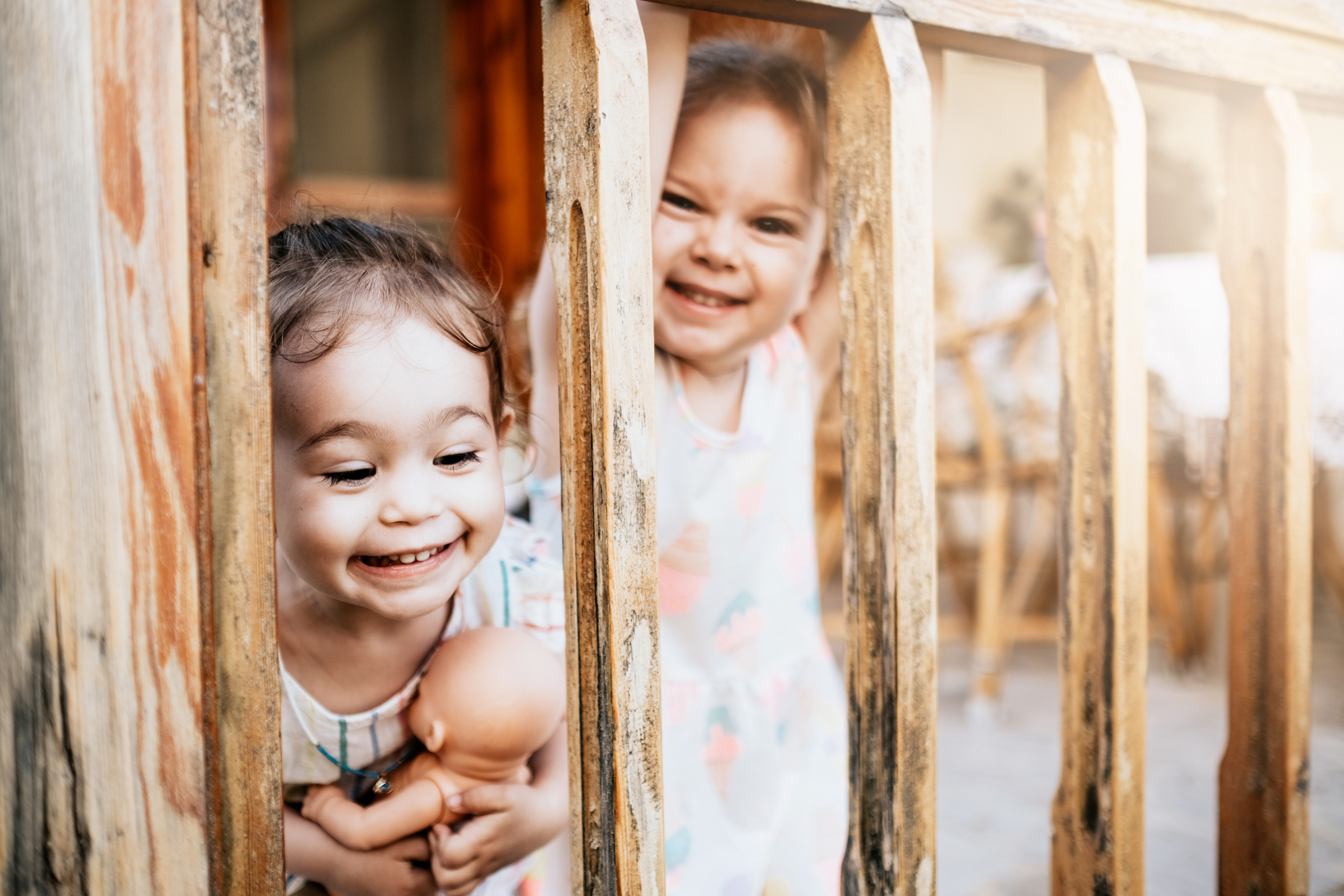Sadie, Age Six-Master Adapter:
“J and Z!!! What ya doing?! Wanna play???”
Our across-the-street neighbour, six and jolly, is hollering amiably at the boys. Sadie is a regular kid looking to do a regular activity and hang with the neighbourhood kids.
But it’s Covid times, so nothing is regular-everything has a twist.
Sadie is yelling from the balcony, the top flat of a three-story house. She hasn’t left her home for 12 weeks. There are three children under six in the family, so I suspect her mother doesn’t feel comfortable taking her kids out.
If I could chat with her Mom, I would gently say that health authorities have stressed the importance of playing outside, and maybe she should reconsider, but… we only just met, three stories apart, which makes Mom-chats pretty limited. So Sadie soldiers on like a modern-day Rapunzel, playing games with neighbourhood kids remotely, yet in person, in a folding of time and space that is all her own and bypasses any reliance on Zoom.
Sadie doesn’t just play with the kids three stories apart, though. She delights in playing with them. She is full-jacket confident, bossing them about, making up new and strange games, finding magical ways to connect, from all the way up there.
Sadie’s creativity and resilience are a remarkable tribute to the extent to which humans can adapt. Particularly kids.
On the other hand, lack of adaptability is a problem in many families. I’ve heard much sorrow from parents and caregivers of how hard it is to peel their kids off the couch; to try something new; to introduce themselves to a potential playmate. Humans, always contradictory! We’re simultaneously adaptable AND creatures of deep habit and comfort.
The experts tell us the world is changing so rapidly that adaptability is one of the key skills of the now- and the future. It’s wild to think about: they say 65% of the jobs our kids will be doing don’t exist yet.
The importance of adaptability is hardly new, of course. Check out what the iconic Chinese sage, Lao Tzu, thought about travelling:
A good traveler has no fixed plans and is not intent upon arriving.
Bruce Lee, the martial arts master and philosopher, has this advice about increasing adaptability:
Empty your mind; be formless, shapeless – like water. Now you put water into a cup, it becomes the cup, you put it in a teapot, it becomes the teapot. Be water, my friend.
Lao Tzu and Bruce Lee were both practitioners of “yoga,” a word that can be translated broadly as “a discipline that transforms body and mind.” Improved emotional & physical adaptability (a.k.a flexibility) is one of the key outcomes of regular yoga practice, which also supports resilience and self-regulation.
“Resilience” and “self-regulation.” These fancy words mean staying strong and feeling emotionally “safe” even when things are challenging or uncertain. Improving these factors is, according to the experts, essential for children’s long-term success.
There are many ways to train adaptability. If you know a child who isn’t a natural “Sadie,” these ideas might help you in supporting them to become more adaptable:
- Upward-facing dog. The opposite of putting our head in the sand, we rise up for this one and face the things that make us feel uncomfortable. Once you’re in the pose, you can bark triumphantly! (Why not?)
- Demonstrate a Bear Yoga Pose (or any pose!): Then ask the kids, “What do you think a Bear pose looks like?” They are invariably delighted to come up with new and novel, adapted, ways of doing the pose.
- Tell Jokes and Riddles whenever possible! They are designed to help us think outside the box -and they are so much fun.
I’ll leave you with the words of our adaptability master Sadie:
“Z’s Mom! Hi! Where are the boys? I have six new games to show them and I’ll let them maybe be the boss of one of them.”

Miri is the founder of The Yoga Buggy, an NPO that brings yoga to kids & families. Miri likes writing, hanging around with kids in the fresh air and thinking of new ways to make learning more fun.

